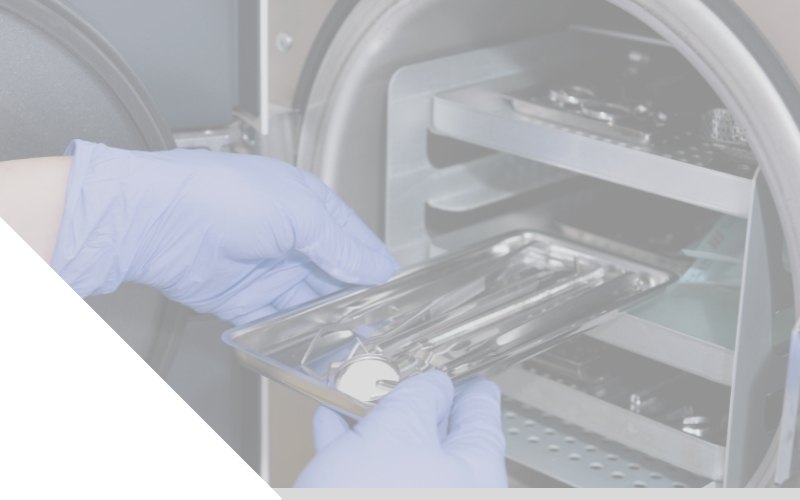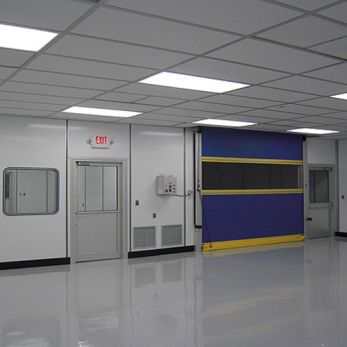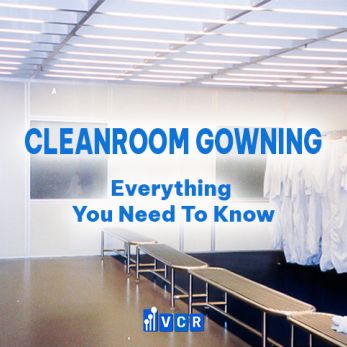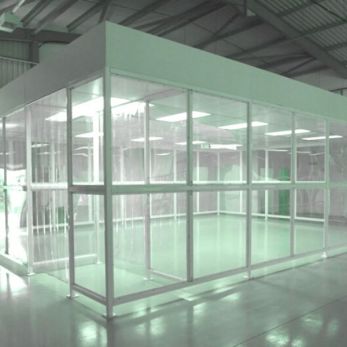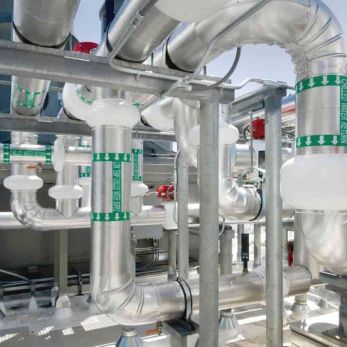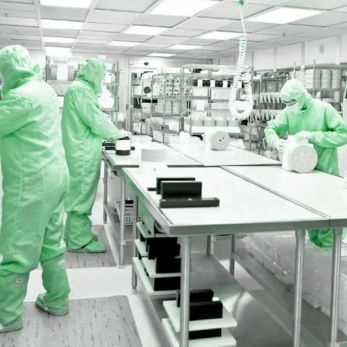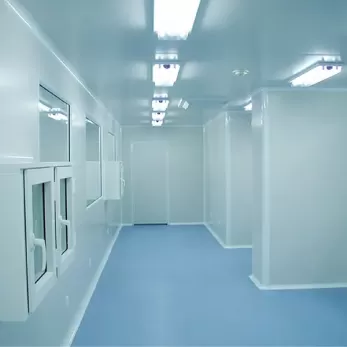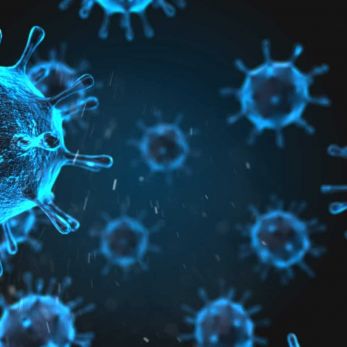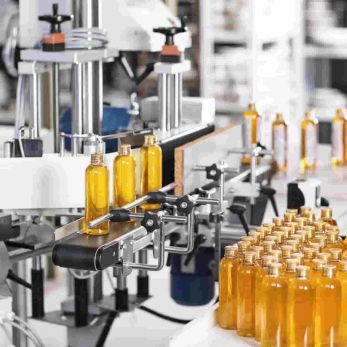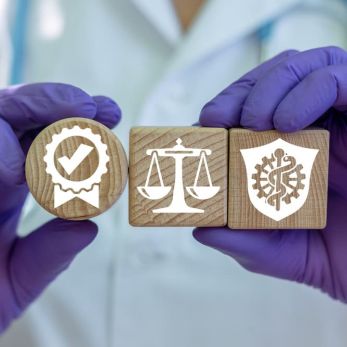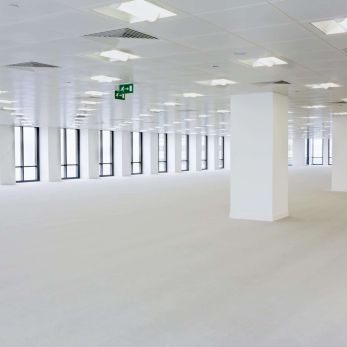Sterilizing, disinfecting and cleaning a cleanroom: What's the difference?
Cleaning, disinfecting, sterilizing all play a critical role in maintaining a safe and dust-free cleanroom. Three terms are listed to describe the process of removing contaminants from the cleanroom. This article will distinguish these terms in order to
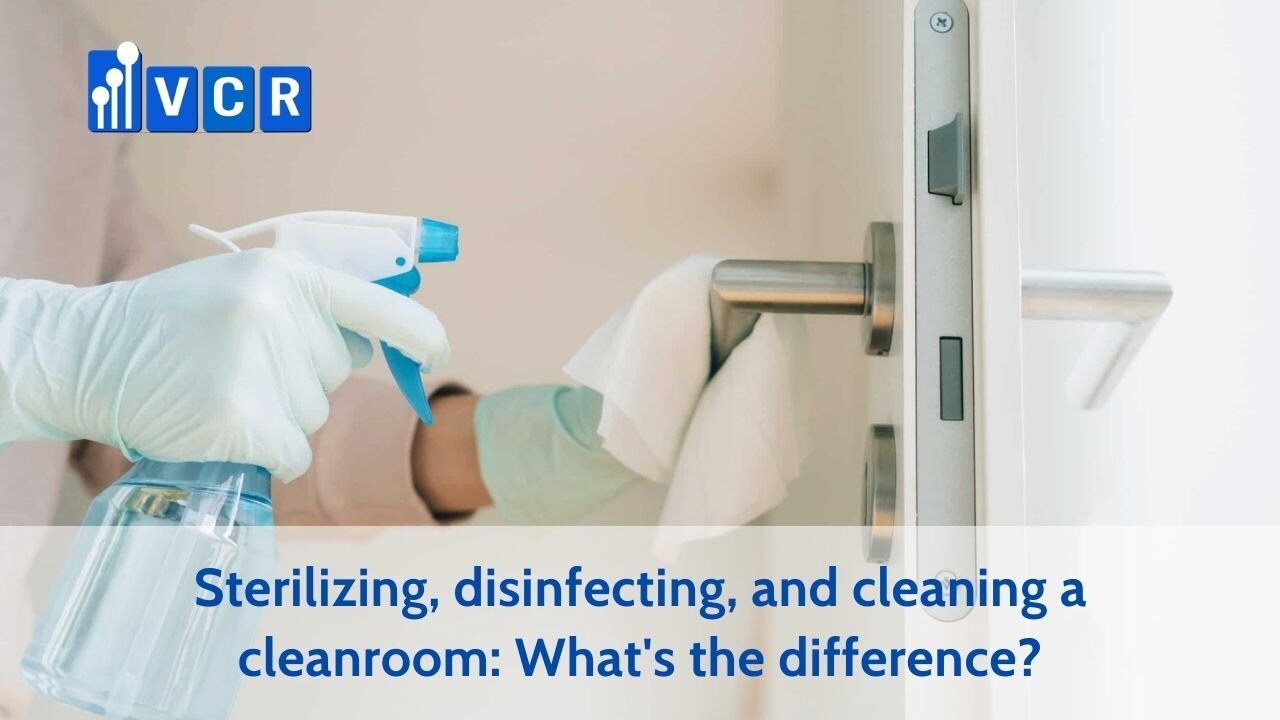
No matter how stringent the standards for maintaining cleanrooms are, it's impossible to always keep these spaces 100% free of contaminants. That's the reason why we need to clean, sterilize and disinfect cleanrooms. These three terms are listed to describe the process of removing contaminants from the cleanroom. Sometimes, they are used interchangeably, these terms are far from being synonymous. In this article, VCR will distinguish these terms in order to help you determine which jobs should be done for cleanroom hygiene maintenance.
1. Cleaning a cleanroom
Cleaning is important for a cleanroom environment. Having said that, cleaning alone may produce an aesthetic improvement more than a truly sterile cleanroom. This may not necessarily kill the germs.
The cleaning process involves physically removing dirt or other forms of debris from surfaces. This may not necessarily kill the germs.
This process is critical not only because such materials can introduce contamination into the cleanroom environment, but also because they can make it more difficult to apply disinfectants or other products needed to achieve fully sterile surfaces.
Cleaning is typically the first step of a detailed regimen, followed by a thorough disinfecting or sterilization process.
2. Disinfecting a cleanroom
Once dirt and debris have been removed from all surfaces, disinfection can be carried out. Disinfecting uses chemicals (disinfectants) to kill germs on surfaces and objects. You usually need to leave the disinfectant on the surfaces and objects for a certain period of time to kill the germs. Disinfecting does not necessarily clean dirty surfaces or remove germs.
Disinfectants are divided into 2 types: oxidizing and non-oxidizing. Common examples of non-oxidizing products include alcohol. Top oxidizing products include hydrogen peroxide and halogens.
Disinfection process can occur on 3 levels. High-level disinfectants destroy all microorganisms apart from bacterial spores, while low and intermediate-level may not be used for killing some bacteria, fungi, or viruses.
3. Sterilizing a cleanroom
Many settings need sterilization, which not only disinfects but also removes spaces of microorganisms. Sterilizing could be done by either cleaning, disinfecting, or both.
It is impossible for objects or settings to be “partially sterile,” as the term "sterilization" by nature means the complete eradication of all bacteria. On the other hand, disinfectants are determined by degrees of efficacy, as previously mentioned.
To conclude, cleaning, disinfecting, sterilizing all play a critical role in maintaining a safe and dust-free cleanroom. These procedures make all the difference for modern cleanrooms when used properly and under the right circumstances.
Vietnam Cleanroom Equipment (VCR) specializes in providing cleanroom equipment for construction contractors. We provide high-quality products with competitive prices and large quantities nationwide. The equipment includes:
Differential pressure gauge, FFU Fan Filter Unit, Pass box, Clean room air filter, HEPA box, Clean booth, cleanroom steel door, Isolator cabinet, and other equipment
For details, please refer to Vietnam cleanroom equipment official website
https://en.vietnamcleanroom.com






